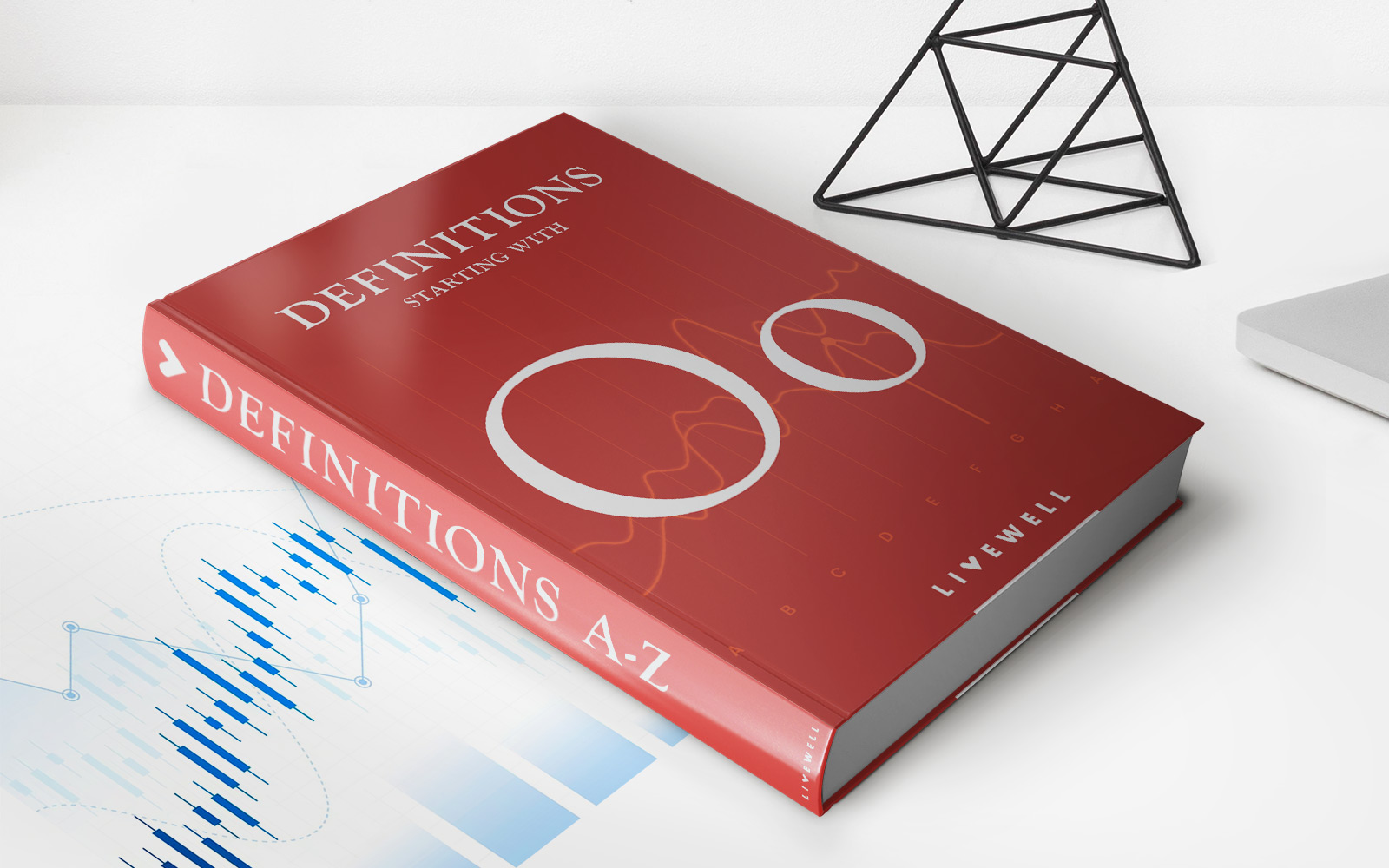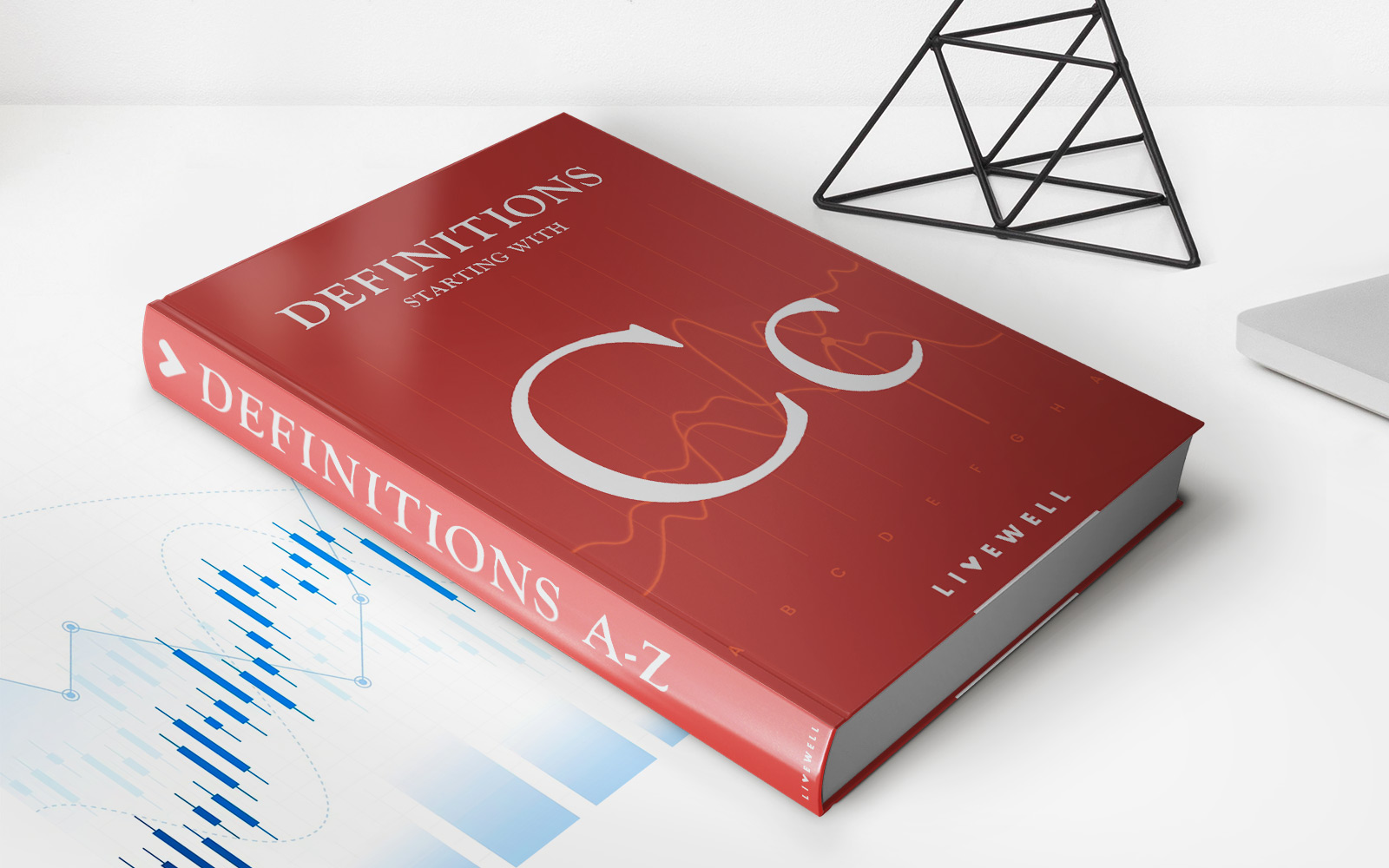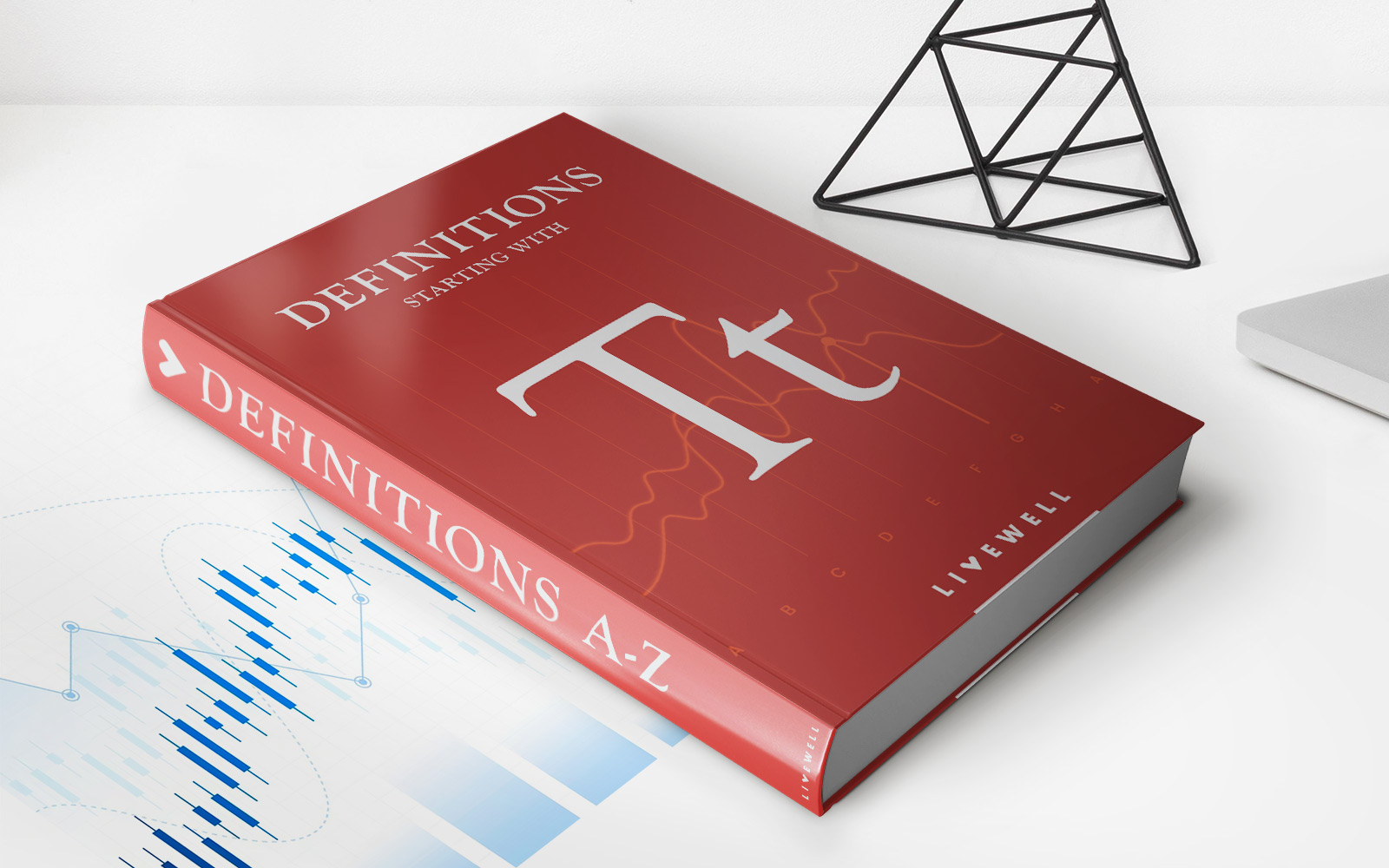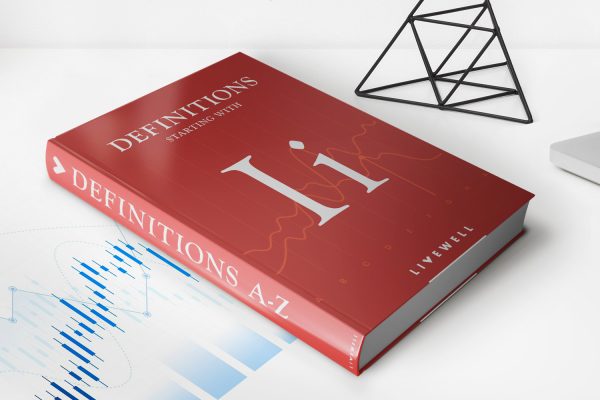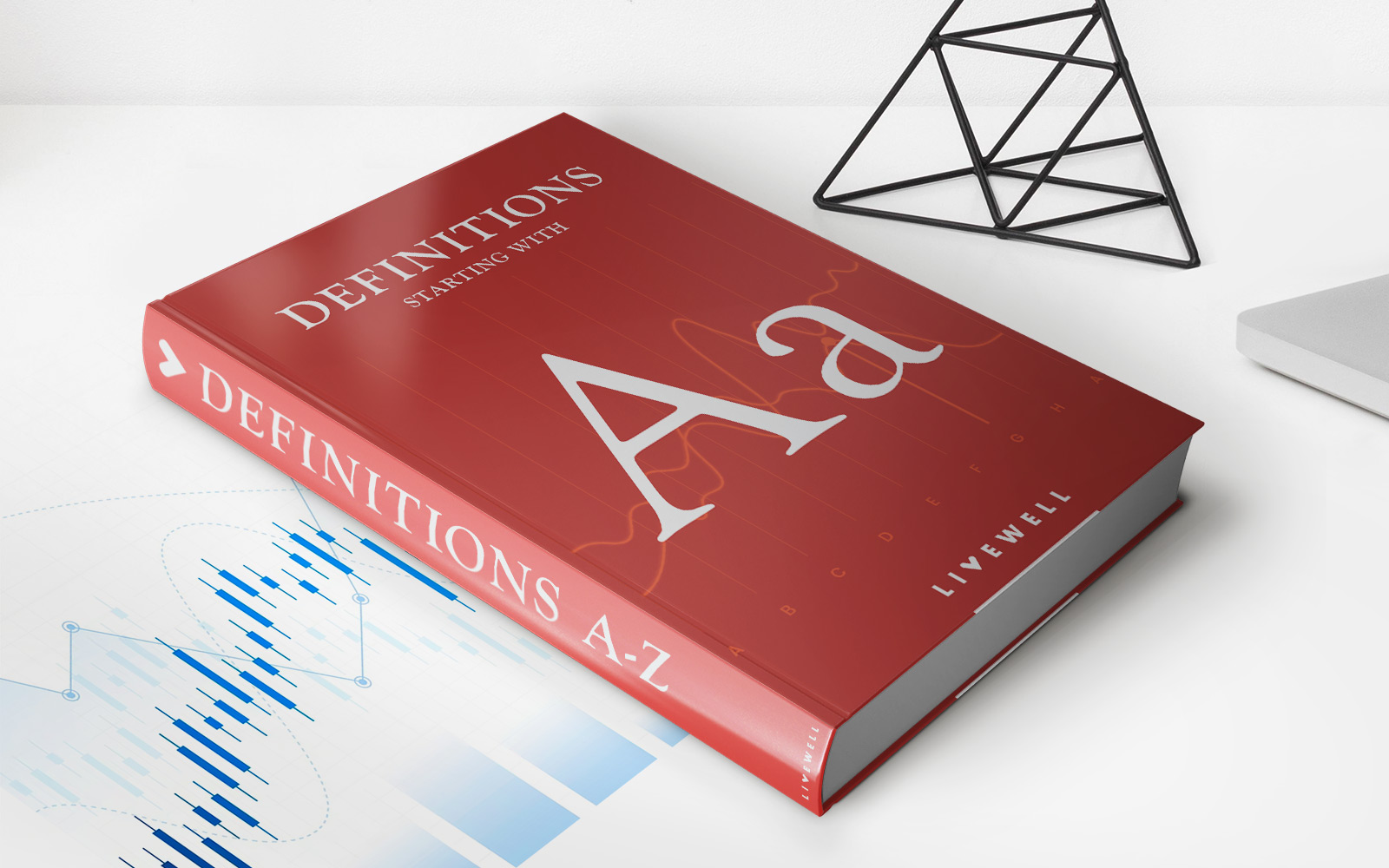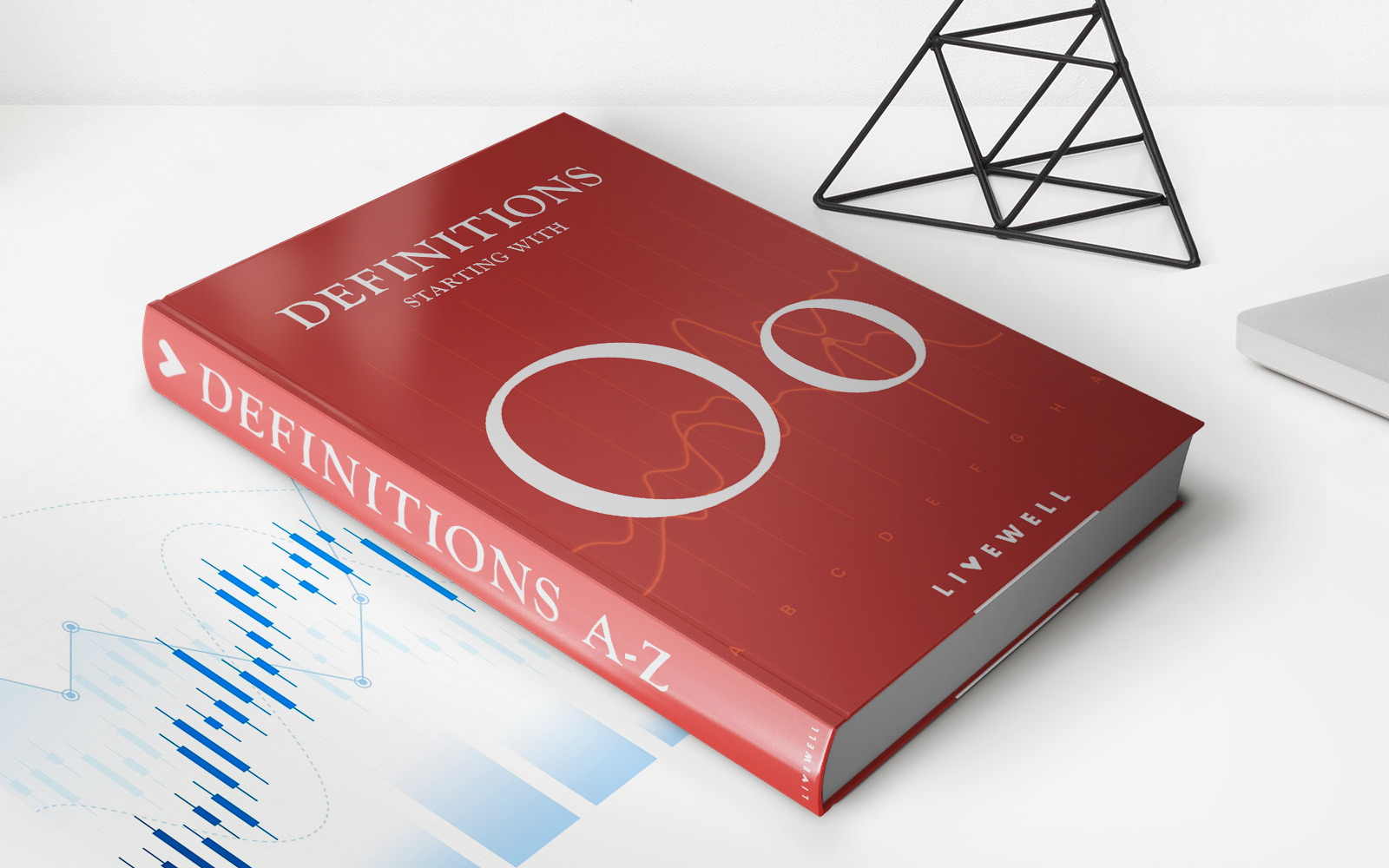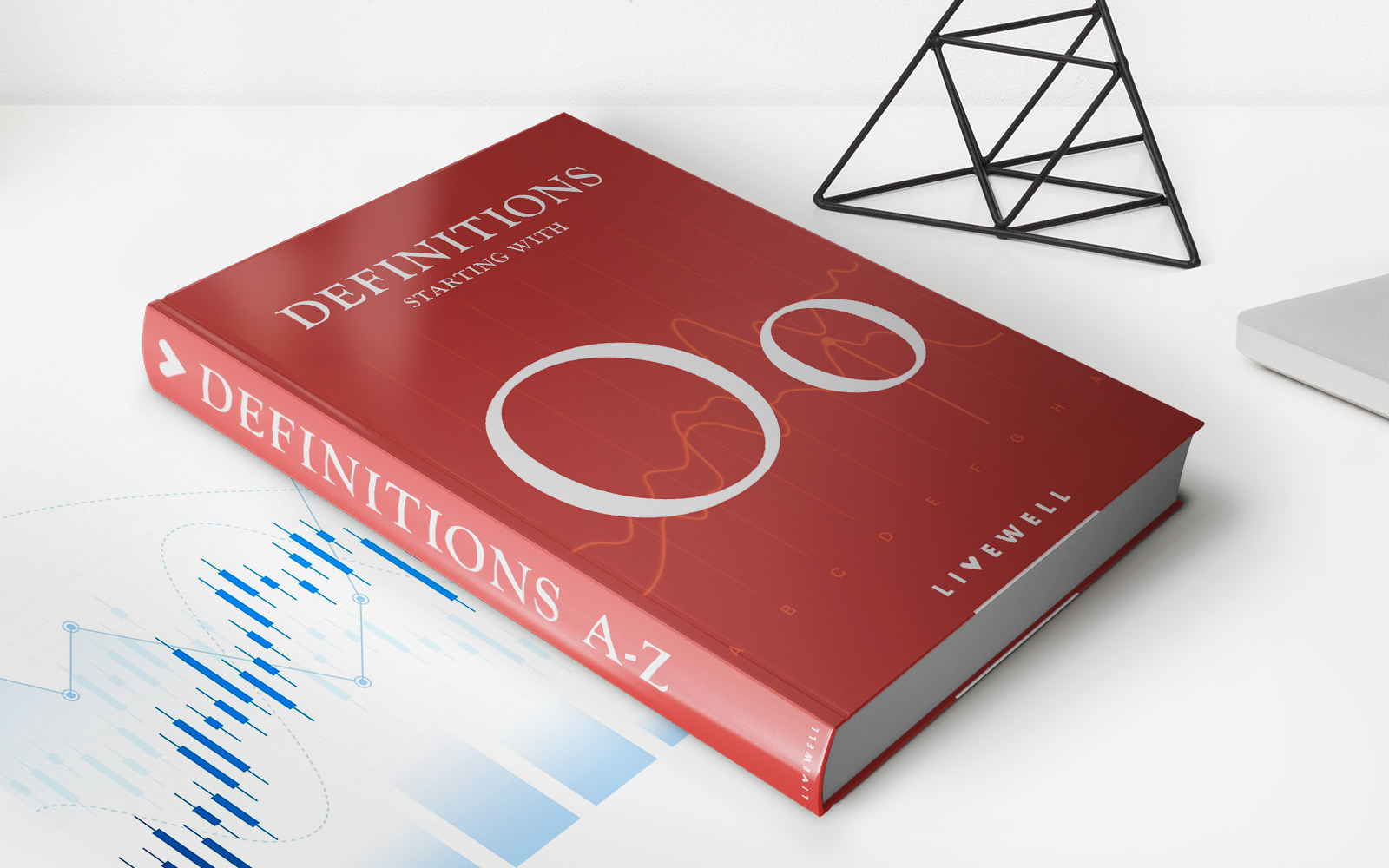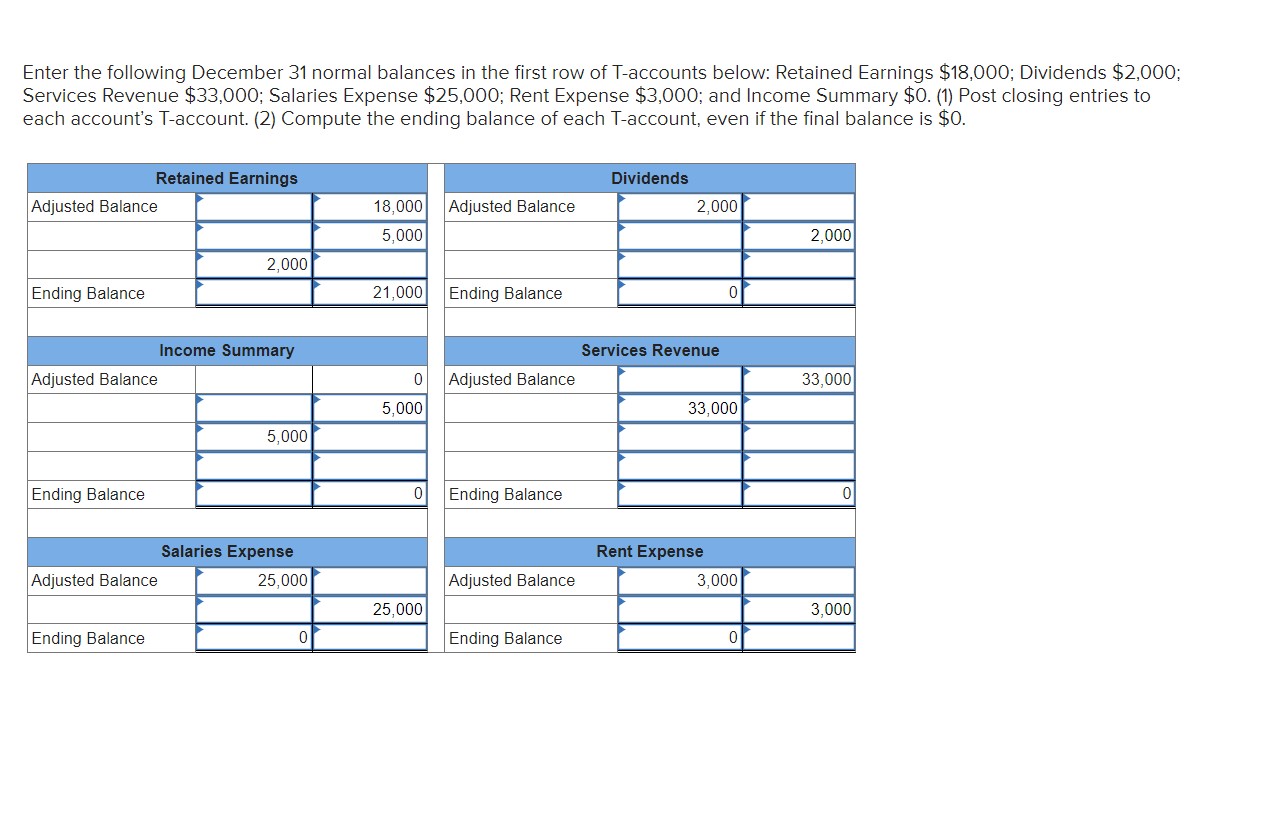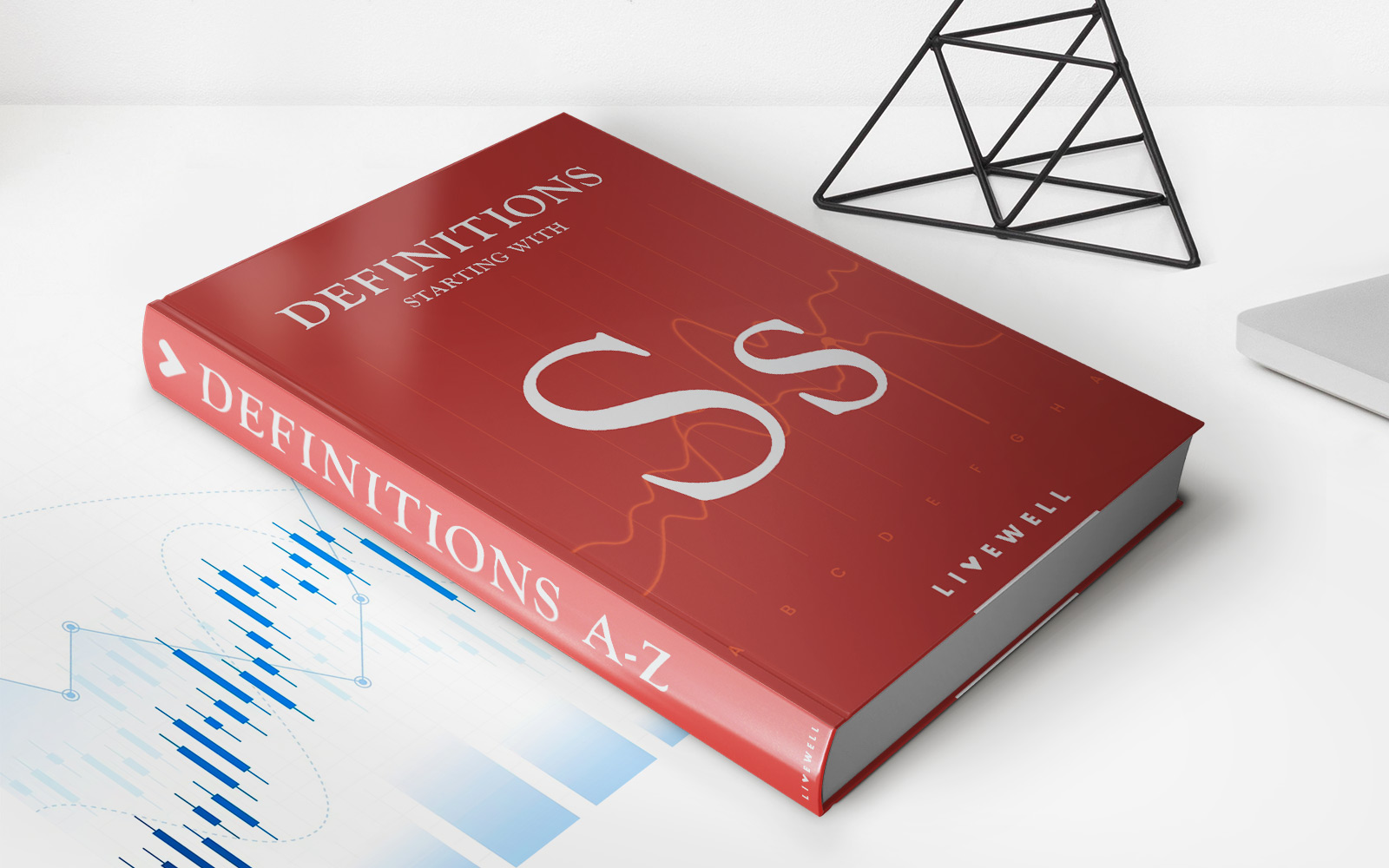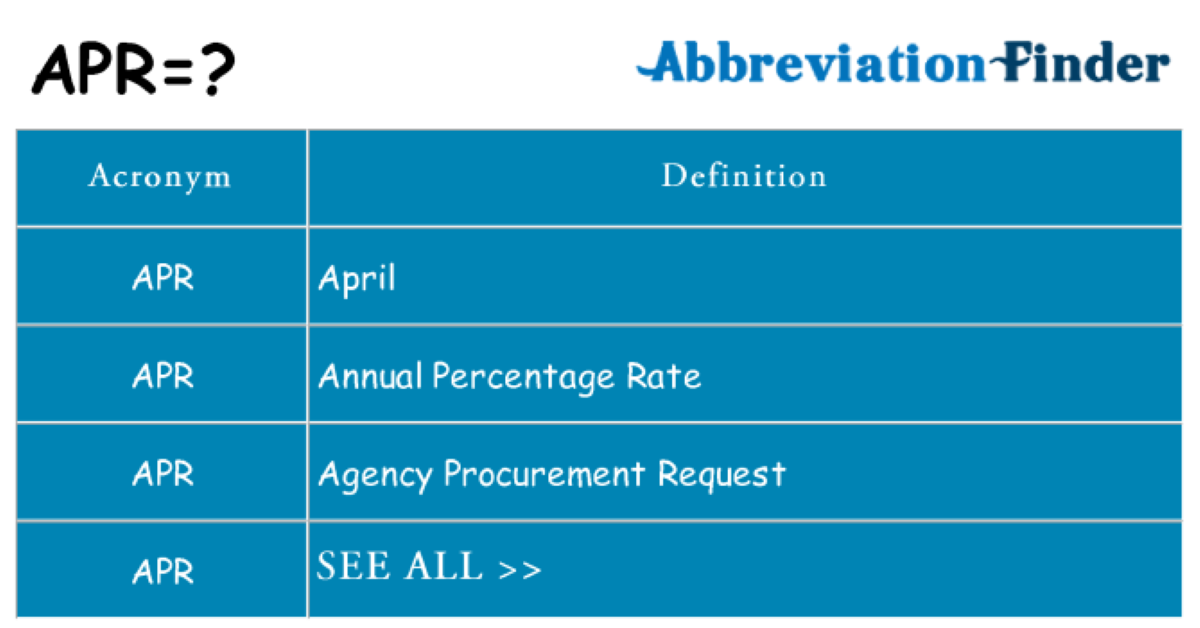Home>Finance>Nonaccrual Loan: Definition, FDIC Criteria, Ways To Fix
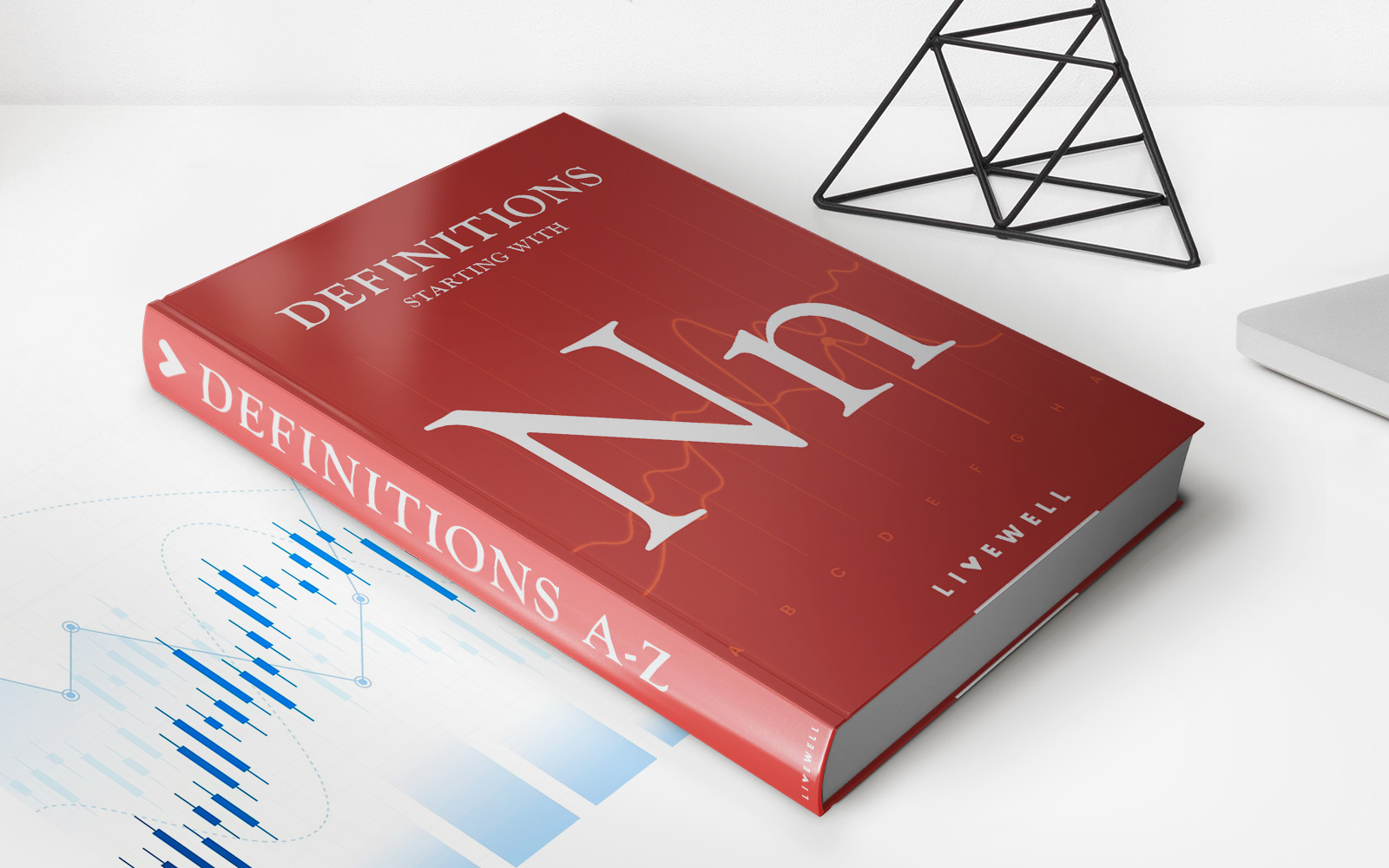

Finance
Nonaccrual Loan: Definition, FDIC Criteria, Ways To Fix
Published: January 1, 2024
Learn the definition of nonaccrual loan and the FDIC criteria for categorizing loans as nonaccrual. Find out effective ways to fix nonaccrual loans. Expert advice from the world of finance.
(Many of the links in this article redirect to a specific reviewed product. Your purchase of these products through affiliate links helps to generate commission for LiveWell, at no extra cost. Learn more)
Nonaccrual Loan: Definition, FDIC Criteria, Ways To Fix
Finance is a vast field with various categories, and one important aspect that individuals and businesses deal with is loans. In particular, nonaccrual loans are an essential topic to understand, as they can have significant implications for both lenders and borrowers. In this blog post, we will dive into the definition of nonaccrual loans, the criteria set by the FDIC, and explore ways to fix them.
Key Takeaways
- Nonaccrual loans are loans on which the borrower has stopped making interest and principal payments, leading to the suspension of interest accrual.
- The FDIC has specific criteria for classifying loans as nonaccrual, including the amount of delinquency, the borrower’s financial condition, and the loan’s collateral value.
What is a Nonaccrual Loan?
A nonaccrual loan is a type of loan on which the borrower has stopped making interest and principal payments. When a loan is classified as nonaccrual, the lender no longer accrues interest income on that loan, and any unpaid interest amounts are reversed from the lender’s earnings.
Nonaccrual loans are typically classified due to the borrower’s financial difficulties, creating uncertainty about the collection of interest and principal. By classifying a loan as nonaccrual, lenders can reflect the realistic value of the loan on their balance sheets.
FDIC Criteria for Nonaccrual Loans
The Federal Deposit Insurance Corporation (FDIC) has established specific criteria to categorize loans as nonaccrual. Generally, loans are classified as nonaccrual when:
- The borrower is significantly delinquent in making principal or interest payments, usually defined as 90 days past due.
- The borrower’s financial condition raises concerns about their ability to make future payments.
- The value of the loan’s collateral is severely impaired.
Meeting these criteria ensures consistency in determining nonaccrual loans across financial institutions, providing transparency in financial reporting.
Ways to Fix Nonaccrual Loans
For borrowers who find themselves in a nonaccrual loan situation, there are steps they can take to rectify the situation:
- Repayment Plan: Negotiate with the lender to create a structured repayment plan, outlining how and when the borrower will repay the outstanding principal and interest.
- Loan Restructuring: If the borrower’s financial condition has improved, they may be able to negotiate a loan restructuring that adjusts the terms and interest rate to make payments more manageable.
- Refinancing: In some cases, refinancing the nonaccrual loan with a different lender can be a viable option. This allows the borrower to pay off the existing loan with a new loan on more favorable terms.
- Asset Liquidation: Selling assets to generate enough funds to repay the nonaccrual loan can be another way to fix the situation. However, this option may not be viable for everyone.
It’s worth noting that the ability to fix a nonaccrual loan largely depends on the borrower’s financial circumstances and the lender’s willingness to work with them.
Conclusion
Understanding nonaccrual loans is essential for both lenders and borrowers. By defining nonaccrual loans, discussing the FDIC criteria for their classification, and exploring potential ways to fix them, individuals and businesses can better navigate through the complexities of financial challenges. If you find yourself facing a nonaccrual loan situation, consider exploring the options mentioned to find a resolution that works for you.
